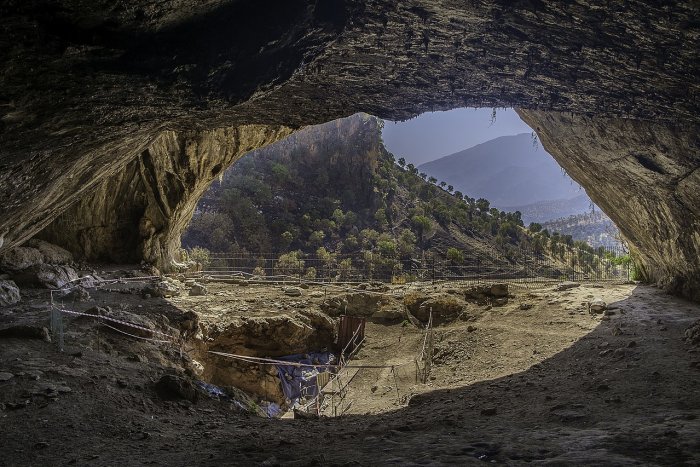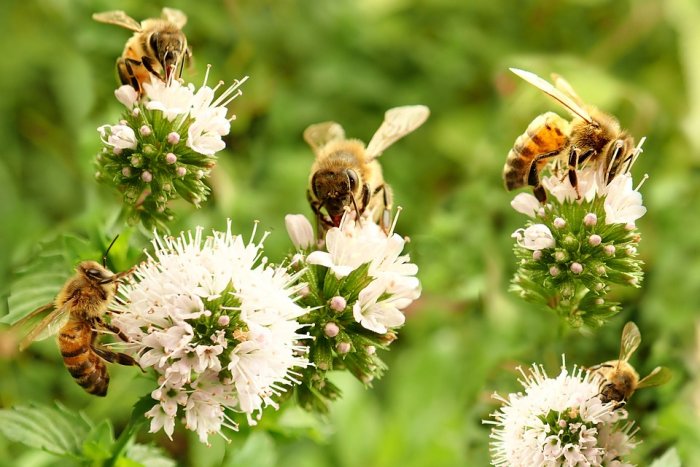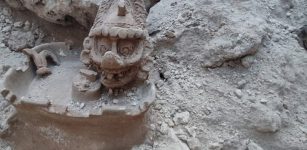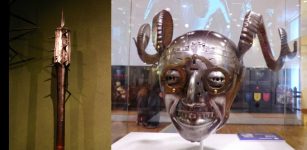Has The Mystery Of Neanderthals’ Flower Burial At Shanidar Cave Been Solved?
Conny Waters – MessageToEagle.com – Scientists have re-examined Neanderthals’ perplexing Flower Burial at Shanidar Cave and made a fascinating discovery.
The story started when researchers unearthed the well-preserved upper body skeleton of an adult Neanderthal who lived about 70,000 years ago.
Wild flowers at Shanidar Cave, photographed May 5, 2023. Photograph by C.O. Hunt.
As previously reported on Ancient Pages, “the place of this fascinating discovery is Shanidar Cave in the semi-autonomous Kurdistan region of northern Iraq, which is one the most important archaeological sites of the mid-20th century.
In Shanidar Cave – excavated in the 1950s by archaeologist Ralph Solecki – scientists discovered many fossils of ten Neanderthals. The bones belonged to seven adults and three infants. Among them were men, women, and children.
Some were clustered together, with clumps of ancient pollen surrounding one of the skeletons.
The recent find offers fresh evidence that Neanderthals buried their dead and conducted funerary rites with flowers, but critics have argued regarding the “flower burial,” saying the pollen could have been modern contamination from people working and living in the cave or from burrowing rodents or insects.
Does evidence from this extraordinary site actually point to death rituals or burial of any kind? Were Neanderthals really capable of such cultural sophistication?














